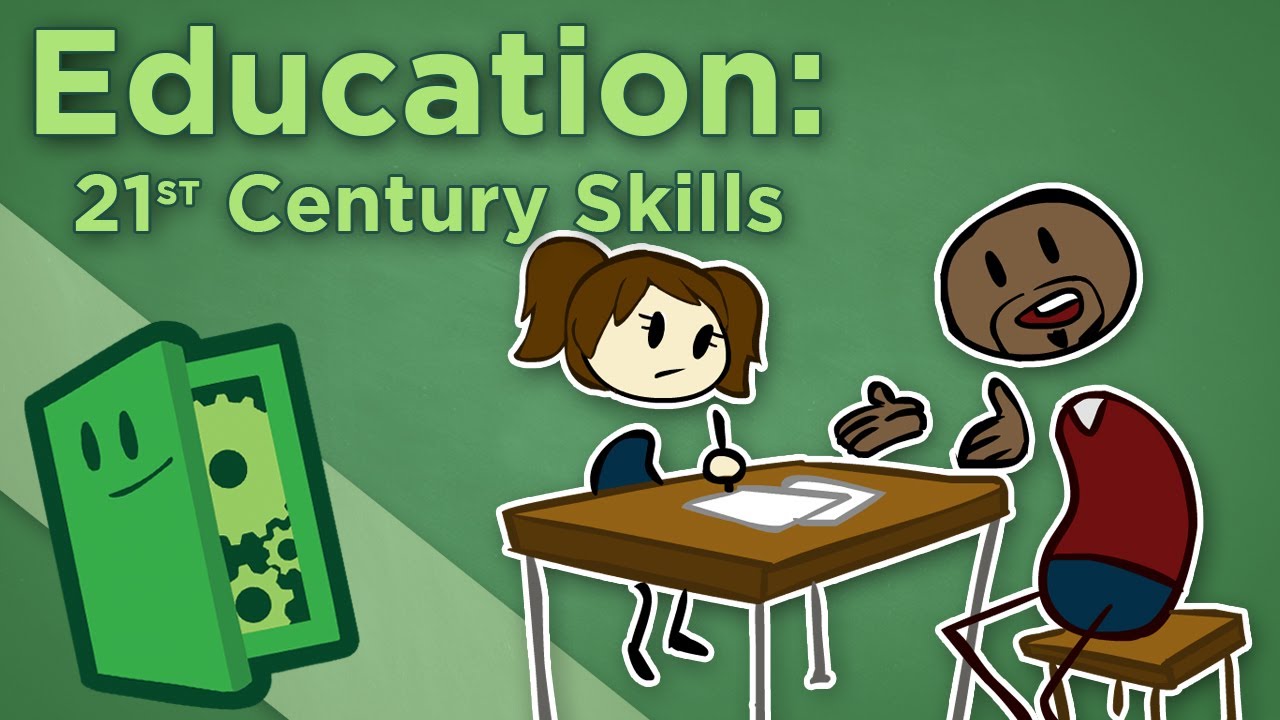
21st Century Learning
Learning as an act has changed over several central just like a chameleon, leaning puts on the nature of the current century in which it is taking place for example in the classical Greek period, students decide who their teacher should be, Socrates choose Plato and Aristotle admired Plato to be his teacher. The reverse has been the case since the introduction of the University setting. Universities provides the teachers and courses for student today. However learning in 21st century is characterized by variant of learning style and resources which is not limited to a location, hence being influenced by the ongoing globalization process which is integrating the diverse would.
The act of learning can therefore be put into a 21st century category which are
Four Cs of learning
-communication
-collaboration
-critical thinking
-creative innovation
Communication: covers beyond the verbal, written and local patters to the non-verbal, non-written and so on. The following are the new and easily comprehended medium of learning; these involve pictures, sounds, sign- language, body languages and symbols. Furthermore, understanding values and attitudes that can be interpreted in their individual content are necessary for 21 century learning. Media and technology have aided the promotion of these in short videos that are produced to enable easier comprehension.
Collaboration: since all these communication elements cannot be found in similar form in one location, there is need for collaboration. In a diverse team where the teacher is from another part of the world as well as every team player is different, a need arises where every team player is required to work with one another efficiently. School (organization) do not only promote respect but tap from the cultural diversity from the team. A new hybrid of communication element are developed towards the common goal which enable effective collaboration.
Critical Thinking: the 21st century learning has transcended beyond the “yes sir” kind of learning, where every idea is internalized without questioning. Schools and other learning institutions now experience the authority of what they teach, being challenged by new research. Therefore critical thinking is necessary to identify areas that need development beyond the traditional why of doing things. For example there are deductive and inductive research that reflect the practicality and efficiency of critical thinking.
Creative Innovation: do you know how to tell a story? Then you can sell everything. This is creativity. Creativity is presenting ideas that are conventional in an unconventional way, think of the design of a Maserati made into a Jacuzzi. Creativity will be learning mathematics in a computer game or English language in a voice recognition device. These are techniques created through team brainstorming. Creativity comes within environments that are both conventional and unconventional.
Learning in 21st century has therefore taken new shape with pointers to the globalization process. Communication style has led to collaboration that provides critical thinking and creative innovation.